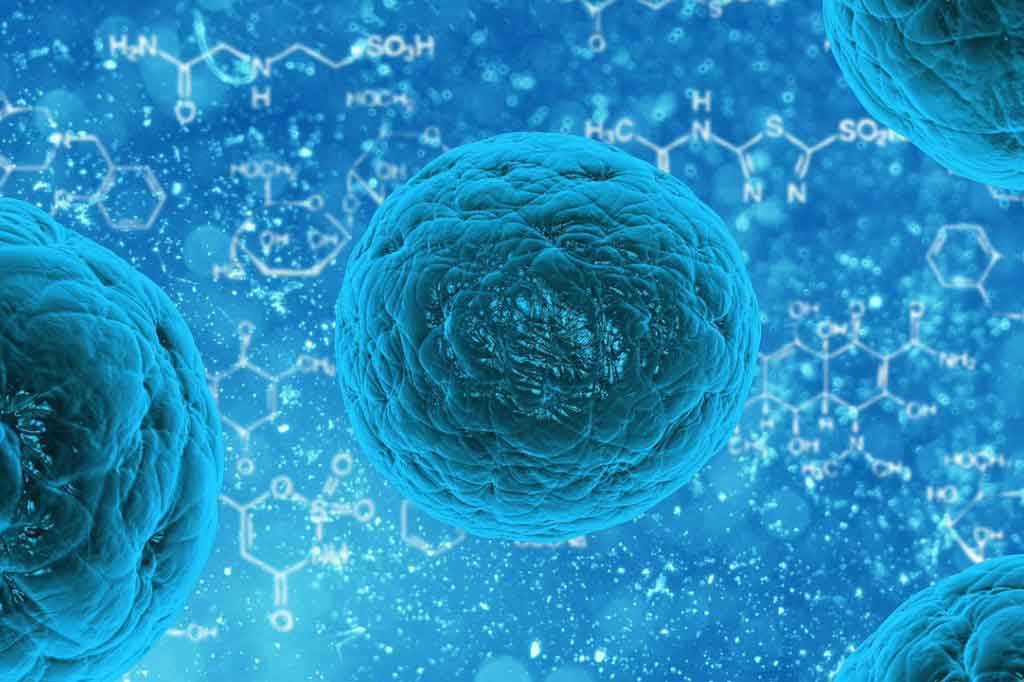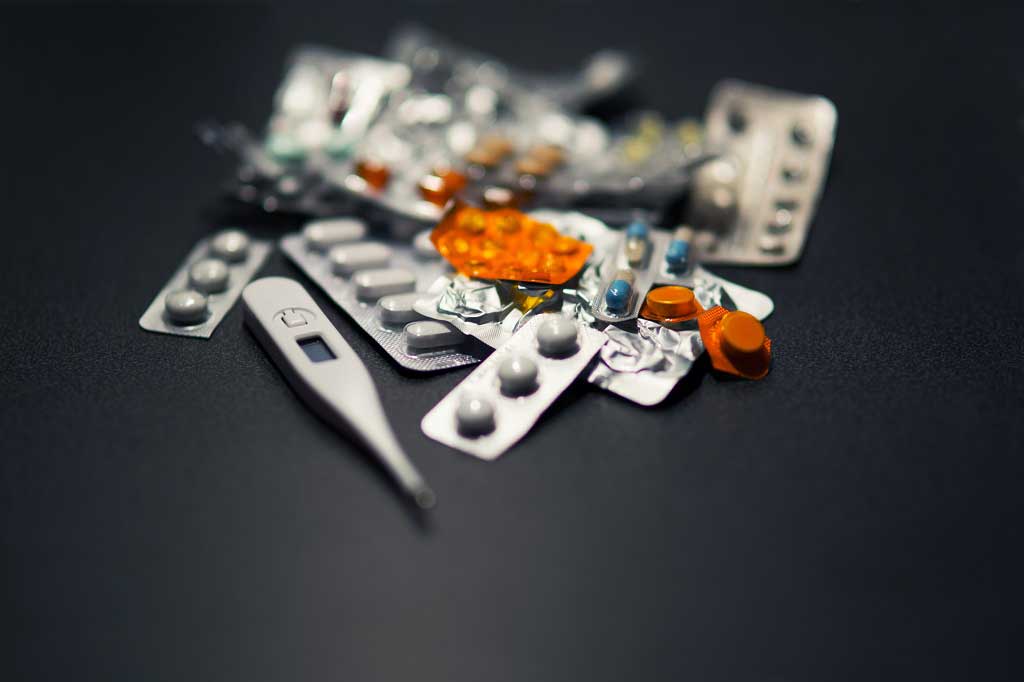Can plucking hairs stimulate new hair growth?
Genetics and stem cells
"Plucking hairs 'can make more grow'," BBC News reports, while the Daily Mail went as far as saying scientists have found "a cure for baldness". But before you all reach for your tweezers, this discovery was made in mice, not humans…
"Plucking hairs 'can make more grow'," BBC News reports, while the Daily Mail went as far as saying scientists have found "a cure for baldness". But before you all reach for your tweezers, this discovery was made in mice, not humans.
The study that prompted the headlines involved looking at hair regeneration in mice. The results showed hair regeneration depended on the density at which hairs were removed. Researchers describe how the hairs seemed to have a "sense and response" process that works around a threshold.
If hair removal – specifically plucking – was below this threshold, there was no biological response to repair and regrow the hair, and the mice remained bald.
However, once the plucking threshold was crossed, the plucked hair regrew – and often more hair regrew than was there originally. This effect is known as quorum sensing.
Quorum sensing is a biological phenomenon where, as the result of a range of different signalling devices, individual parts of a group are aware of the total population of that group. This means they can respond to changes in population values in different ways.
One example is the formation of new ant nests. A worker ant can tell when an individual part of the new nest is almost full, so they will then lead other ants to other parts of the new nest.
But we don't know whether the same thing would happen in people. It is certainly too early to claim that plucking hairs can cure baldness, as the Mail Online headline suggests: that may actually do more harm than good.
Philip Murray of Dundee University, one of the authors of the study, said: "It would be a bit of a leap of faith to expect this to work in bald men without doing more experiments."
Where did the story come from?
The study was carried out by researchers from the University of Southern California in collaboration with colleagues based in Taiwan, China and Scotland.
It was funded by the US National Institute of Arthritis and Musculoskeletal and Skin Diseases (NIAMS), the National Science Council of Taiwan (NSC), the Taipei Veterans General Hospital, and several research grants.
The study reports that an invention number for "Enhance hair growth via plucking" was disclosed to the University of Southern California, which suggests that someone – possibly one of the authors – might have patented the idea, or a patent is pending.
The study was published in the peer-reviewed journal, Cell.
Generally, the media reported the story as if this study directly applies to people before revealing that all the research was done in mice. The Daily Mail even claimed in its headline that this research offered a cure for baldness, which was misleading.
What kind of research was this?
This was an animal study using mice to explore the biology of hair regeneration. Hair loss, or alopecia, has many different symptoms and causes, and can be an issue for both men and women.
The study involved plucking hair from the backs of mice. This might have some similarity with people, but it's clearly not completely the same.
Researchers tend to use mice as a first step in their research when they have a theory they want to investigate without subjecting humans to experiments.
If the experiments in mice look helpful – say, in curing baldness – the researchers eventually try it in people. But the results in people aren't always the same as results in mice, so we shouldn't let our hopes climb too high.
What did the research involve?
The study team plucked hairs from the backs of mice and studied the biological reaction. They analysed different skin cell behaviour, what chemical signals were sent to neighbouring cells, and how different repair systems were activated at different times.
They plucked hairs at different densities – that is, plucking hair close together or far apart to see if this affected any of the repair responses.
What were the basic results?
The researchers found plucking was able to stimulate hairs to grow back, sometimes more than were there originally, but only after a certain threshold. Below this threshold, not enough signals were produced to kick-start the hair regeneration systems.
Mice usually have a hair density of between 45 and 60 hairs per square mm, probably much more than even the hairiest adults. A look at a selection of hair transplant websites suggests natural human hair density varies between 70 to 120 hairs per cm, less than 10 times the density of mice.
The researchers found they needed to pluck more than 10 hairs per square mm to stimulate regrowth, otherwise a bald patch remained. If they plucked all of the hairs, the same number grew back.
However, when they plucked 200 hairs from a diameter of 3mm, they found around 450 grew back. The new hairs grew back in the plucked area, but also nearby. When they plucked 200 hairs from a diameter of 5mm, this regenerated 1,300 hairs.
Based on these biological observations, the researchers believe each hair follicle was acting as a sensor for a wider skin area to assess the level of damage through hair loss.
Input from each follicle fed into a collective biological circuit, which was able to quantify injury strength. Once a threshold was reached, a regeneration mechanism was activated. This type of system is often referred to as quorum sensing.
How did the researchers interpret the results?
The researchers made no mention of the human implications of this study. They concluded that the sense and response system they uncovered "is likely to be present in the regeneration of tissue and organs beyond the skin".
Conclusion
This study showed that hair regeneration in mice depends on the density at which hairs are removed. The researchers describe a sense and response mechanism working around a threshold.
If hair removal, specifically plucking, was below this threshold, there was no biological response to repair and regrow the hair, and the mice remained bald. But once the plucking threshold was crossed, the plucked hair regrew – and often more hair regrew than was there originally.
The main limitation with this research is it did not involve humans, so we don't know whether the same thing would happen in people. It might actually be unlikely.
For example, people with trichotillomania, a condition where they impulsively pull out their hair, end up with patches of hair loss and balding that does not regrow. There may be specific stress-related reasons why this is the case, but it is a reminder not to take these mouse results at face value.
It is certainly too early to advise hair plucking as a cure for baldness, as the Daily Mail's headline suggests. That may do more harm than good. The "cure for baldness" headline is also misguided, as the study was about hair regeneration after recent plucking. The findings are less relevant to those with longer-term hair loss, either in mice or people.
Philip Murray of Dundee University, one of the authors of the study, summed this up in The Guardian when he said: "It would be a bit of a leap of faith to expect this to work in bald men without doing more experiments."






 Subscribe
Subscribe Ask the doctor
Ask the doctor Rate this article
Rate this article Find products
Find products







